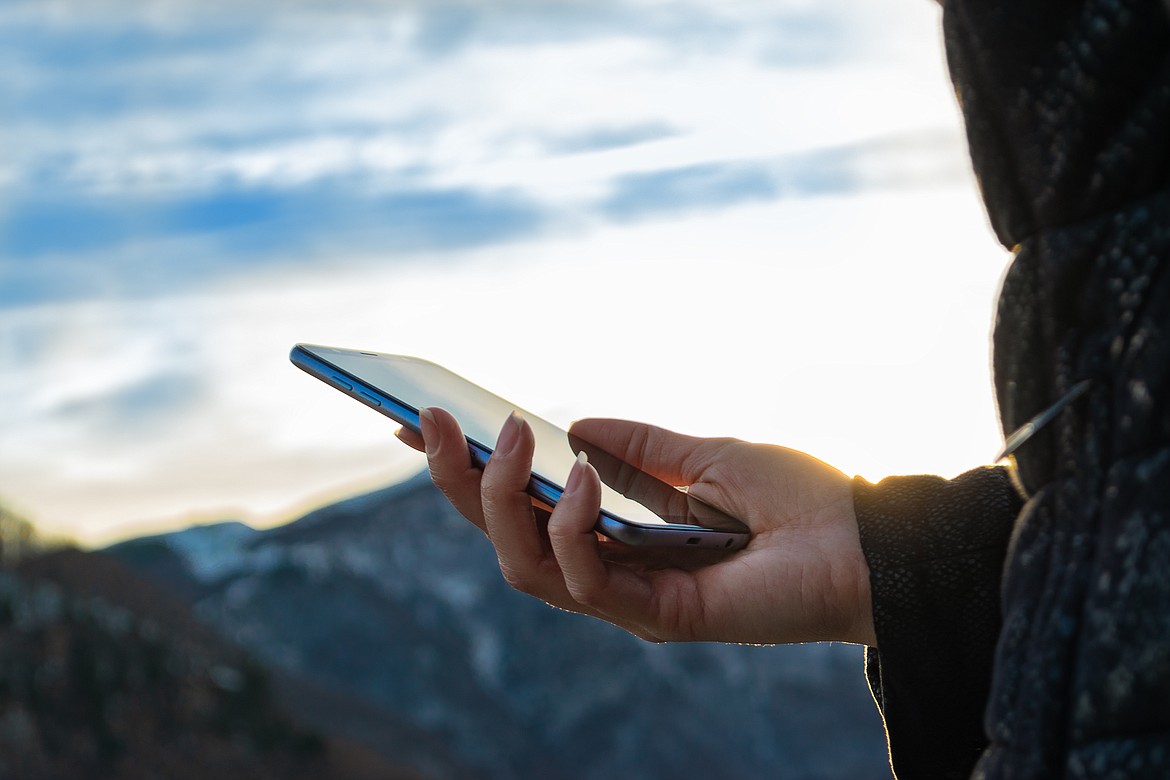Deep Dive into FLBS: Applying Innovation in the Fight against Invasive Species
I spend a lot of time on my phone. Too much time, If I’m being honest, but for a number of reasons I just can’t bring myself to unplug. While it’s true that a majority of those screen-swiping hours are dedicated to work-related activities, more than I care to admit are not.
This is a position I never thought I’d find myself in. I’ve always been wary of the siren call of the smartphone and its many mind-numbing distractions. For the longest time, I was a proud carrier of the flip phone (or a “dumb phone” as the cool kids used to say), one that was complete with T9 texting capabilities and the scars of being carried too many times in a pocket filled with keys, loose change, and free-floating gummi bears. Any time I needed to engage the internet to update our Bio Station social media platforms or respond to time sensitive emails, I had to borrow my wife’s decade-old iPhone and go on the hunt for free Wi-Fi service.
And you know what? It was amazing. I yearn for those simpler times. I mean sure, that old dumb phone dropped more calls than it carried. And fine—sometimes it overheated while charging to the point that it caught on fire a little. But it served a wonderfully finite purpose. It existed for phone calls, text messages, the occasional early morning alarm. Beyond that, its distract-ability was minimal.
That beloved dumb phone is gone, now. A few years ago I was forced to replace it—my wife insisting on the upgrade when we had kids because I apparently need to be more accessible when we took on the responsibility of keeping other human beings alive. The phone I carry today is flasher, fancier. It boasts all of the sleekness and technological advancements that our society has come to expect of a device that once required a rotary dial to operate.
But ever looming on the periphery of the smartphone’s innovative usability are the allures of easily downloadable brain teasers, time devouring and potentially divisive social media platforms, an endless supply of five-second video fragments featuring toddlers cuddling with puppies and mouthwatering recipes for meals I’ll never actually make. Too often I’ll emerge from a kind of stupor after hours of mindlessly swiping and tapping my phone’s touch screen—my hands twisted into misshapen claws, bloodshot eyes bulging out of my head—and realize I haven’t spoken to another human being (children included) for weeks.
Still, the technological tools that the smartphone provides are undeniably beneficial, and the potential for apps to truly make the world a better place is certainly there. So much so that FLBS scientists recently conducted an extensive review of new and emerging smartphone apps designed for citizen science reporting of invasive species. They analyzed these apps for opportunities to innovatively enhance invasive species prevention and mitigation in an effort to curb associated global economic and biodiversity crises.
Recently published in the scientific journal NeoBiota, the review was led by FLBS research assistant Leif Howard and featured contributions from FLBS faculty Gordon Luikart and Brian Hand, FLBS postdoctoral research associate Charles van Rees, and University of Montana student Zoe Dahlquist. After conducting an extensive review of invasive species reporting apps, the team discovered that there are currently forty-one English-language invasive species reporting apps available through major mobile app stores in North America. They then developed a rubric to quantitatively assess the functionality of these apps.
While apps do have capabilities to massively increase reporting of invasive species sightings into centralized databases, the five highest performing apps only achieved scores of 61.90% to 66.35% relative to a maximum score of 100%. This means that none of these apps are taking full advantage of available and known functionalities that could increase their effectiveness. Some of the issues lowering overall grades of the apps included limited ability to keep non-science users engaged, limited opportunities to easily submit accurate information about where and when invasive species were detected, and limited social media compatibility.
To truly maximize the impact of invasive species smartphone apps, FLBS researchers propose the development of new innovative apps that integrate some of the more familiar and engaging aspects of app design—like games and social interactions. Imagine something similar to Candy Crush, only instead of fast-tracking your way toward carpal tunnel syndrome the game encouraged you to get outside, make important observations in support of science, and input that information in a fun way to help scientists and stakeholders better predict and prevent the spread of invasive species within our local ecosystems and beyond.
Researchers believe such an app could make invasive species reporting more engaging for a growing community of non-professional contributors, and encourage frequent and prolonged participation. If we could make the battle against invasive species more fun (or even addictive), then perhaps more people would become involved.
My relationship with my smartphone continues to be a complicated one. My cell coverage is more dependable now, it’s true, and I’m sure the Bio Station appreciates the added efficiency in my work flow procedures. But I also resent the power it has over my attention span, the hollow emptiness it leaves me with when I think about all those hours wasted away.
But if app developers were able to merge technological and societal innovations for our hand-held devices in ways that bring people together to help address significant real-world problems and better our world for future generations—well that would be pretty inspiring, wouldn’t it? It would remind us that we truly live in remarkable times, and anything is possible if we can all come together and strive for someth—
…Hold on…got a notification on my phone, here…just give me a second…oh, by the way, you have to check out this video. This dog thinks he’s people! Hilarious, right? I love this stuff.
…I’m sorry, what were we talking about?

